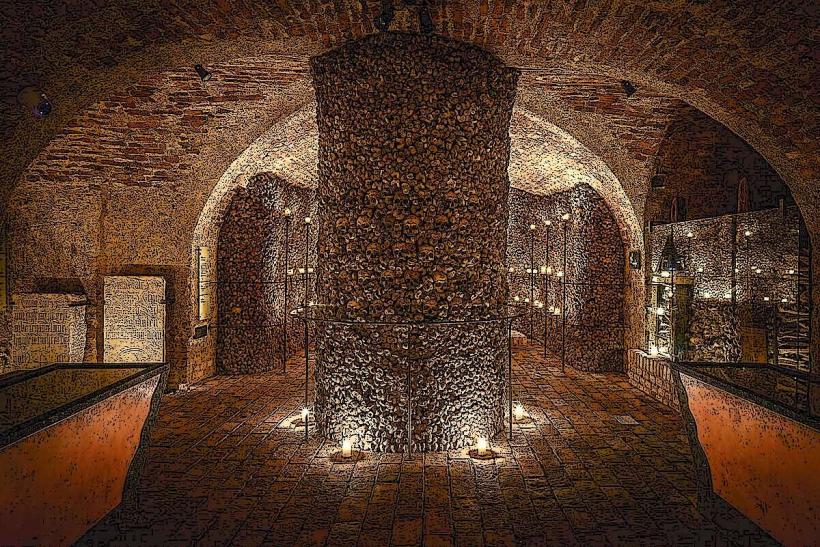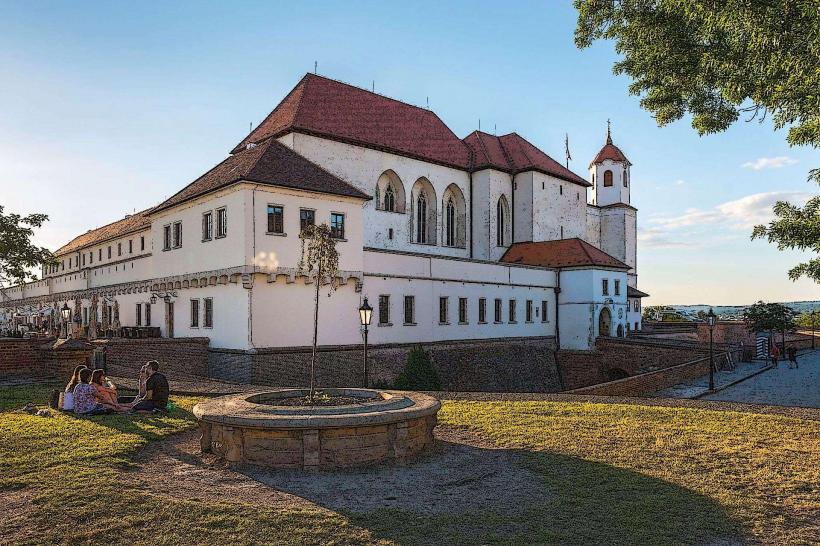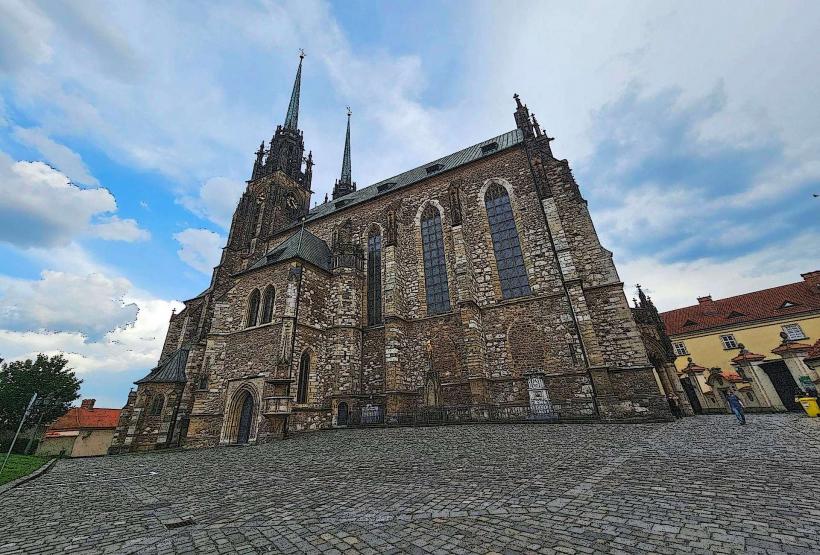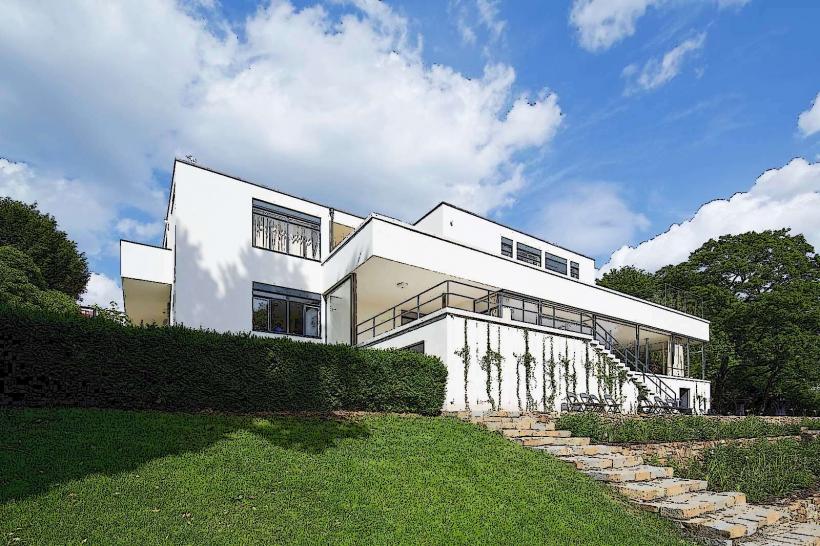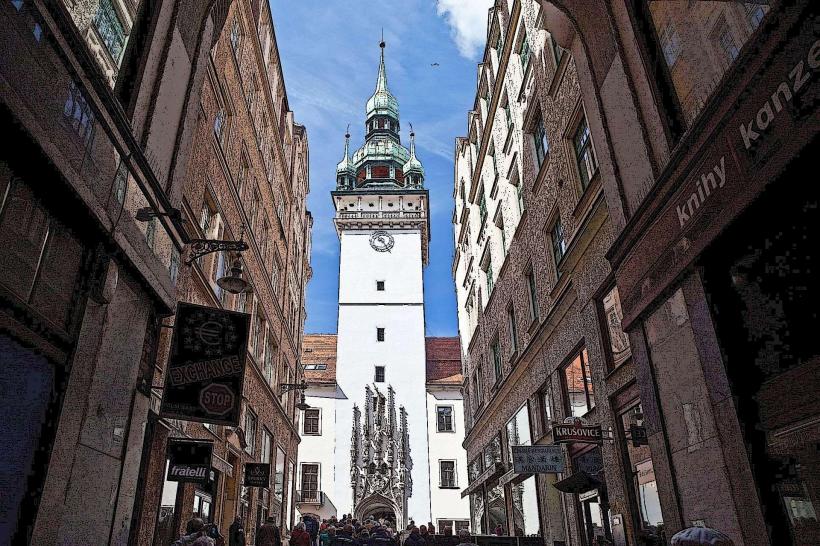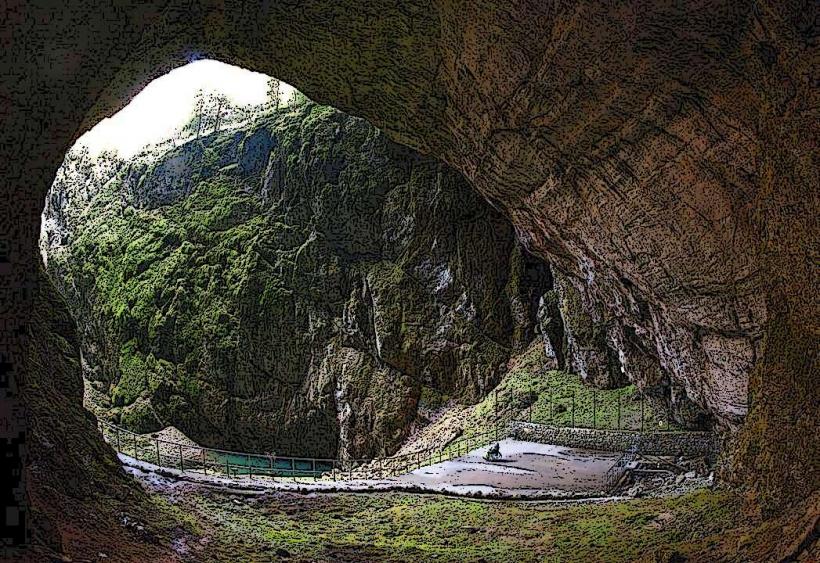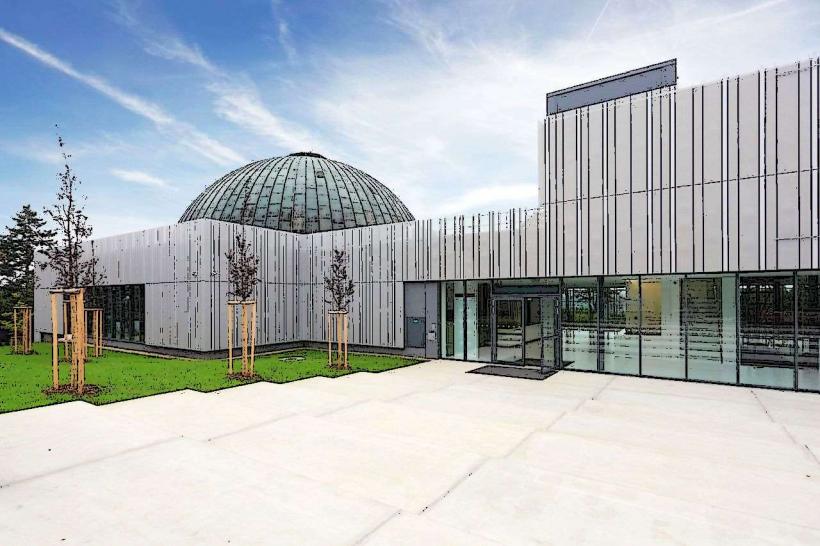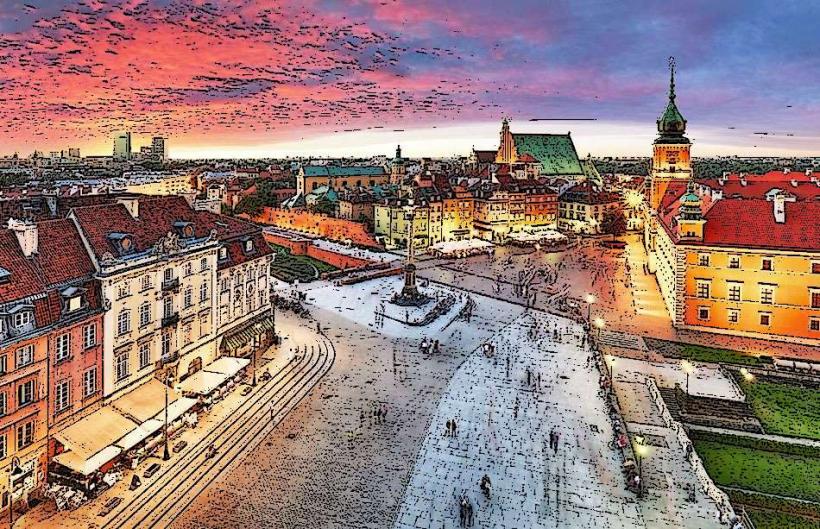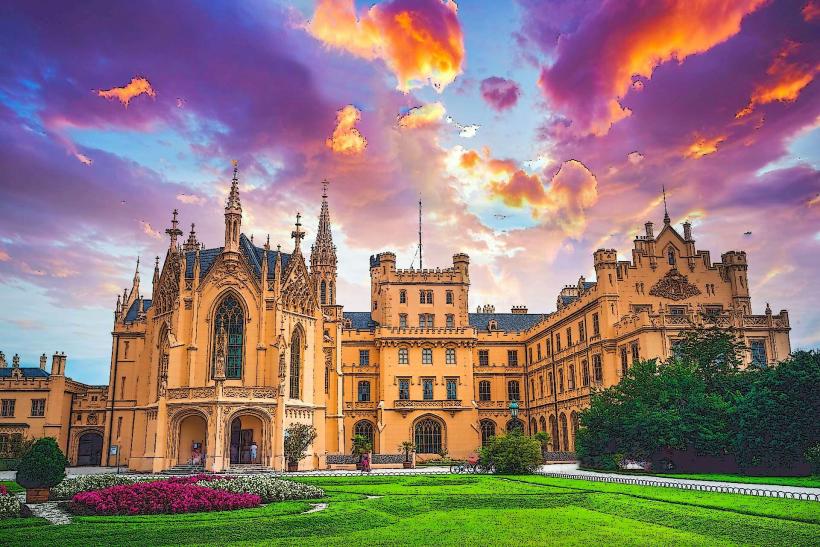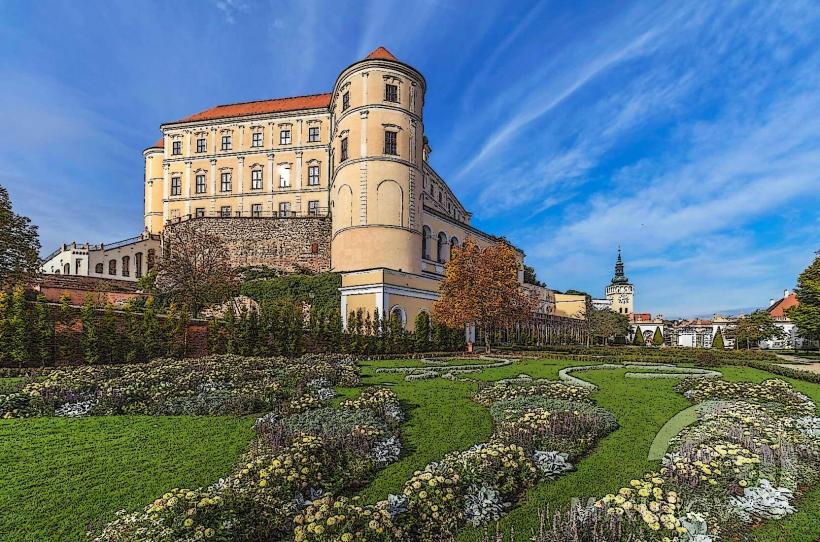Information
City: BrnoCountry: Czech Republic
Continent: Europe
Brno – Overview without Landmarks
Brno is the second-largest city in the Czech Republic, located in the southeastern part of the country, and serves as the capital of the South Moravian Region. With a rich history and vibrant cultural life, Brno has emerged as a modern hub for technology, education, and innovation while maintaining its historic roots.
Geography and Location
Brno is situated at the confluence of the Svratka and Svitava rivers, in a valley surrounded by hills. The city covers an area of about 230 square kilometers (89 square miles). The location of Brno has made it an important crossroads of trade and communication, historically connecting Central Europe to regions in Austria, Hungary, and Slovakia.
The surrounding region, South Moravia, is known for its rolling vineyards and wine production, making the area a key part of the Czech wine industry.
History
Brno’s history dates back to the early medieval period, with evidence of settlements as far back as the 9th century. It became an important town in the Kingdom of Bohemia and has been the site of significant political and military events. Brno was the capital of Moravia for centuries and served as the seat of the Moravian margraves (rulers).
The city was also a significant center during the Habsburg monarchy, and many of its structures and institutions were developed in this era. Brno’s history includes the brief period when it was the capital of Czechoslovakia during World War II, following the Munich Agreement and the subsequent German occupation of Prague.
Brno also played a vital role in the Czech resistance during the 20th century, and its modern identity is shaped by a mixture of past industrial development and contemporary culture.
Culture and Heritage
Brno has a thriving cultural life, with a strong emphasis on theater, music, and arts. It is often considered one of the cultural capitals of the Czech Republic due to its historical theaters, music festivals, and modern galleries. The city is home to many artists, musicians, and theater productions, making it a dynamic destination for creative expression.
Music and Performing Arts: Brno has a long-standing tradition in classical music and opera. It is home to the Brno Philharmonic Orchestra and the National Theater Brno, where world-class opera, ballet, and theater performances are held regularly.
Festivals: The Brno International Film Festival is one of the oldest film festivals in Europe. Brno also hosts the Mundialito festival, celebrating global and local music, and Brno Design Week, focusing on contemporary design.
Art: The city’s art scene is diverse, with many art galleries and contemporary art spaces. The Moravian Gallery in Brno is one of the largest art collections in the Czech Republic, hosting exhibitions ranging from classical to modern art.
Education and Research
Brno is often referred to as the "City of Students" because of its large student population and the presence of several major educational institutions.
- Masaryk University is the second-largest university in the Czech Republic, offering a wide range of academic disciplines and playing a crucial role in research and innovation.
- Brno University of Technology (BUT) is another significant institution, particularly known for its research in engineering, technology, and IT. Brno has a strong tradition in science and engineering and is a hub for high-tech research.
The city has become known as a center for innovation, particularly in fields like technology, IT, and biotechnology. Many startups and research institutions call Brno home, benefiting from the collaboration between the universities, local businesses, and international organizations.
Architecture
Brno’s architecture is a blend of historical buildings, early 20th-century modernism, and contemporary designs. Some notable aspects of Brno's architecture include:
Functionalism: Brno is known for its modernist functionalist architecture, with one of the most famous buildings being the Villa Tugendhat, designed by Ludwig Mies van der Rohe, a UNESCO World Heritage Site. The city's architecture reflects both Czech and international influences, with a focus on practicality and aesthetics.
Medieval and Baroque Influence: Although the city has many modernist buildings, it also retains a wealth of medieval and Baroque architecture, particularly in the Old Town and around the Spilberk Castle.
Contemporary Design: Brno is home to cutting-edge contemporary architecture, including impressive public spaces and new developments, blending old and new with a focus on sustainable urban living.
Economy
Brno is an important economic center, particularly in high-tech industries and innovation. The city's economy is diverse, with strengths in:
Technology and Research: Brno is a key player in the Czech Republic’s technology sector, particularly in software development, information technology, and biotechnology. The city has become a regional leader in science and research, with several tech parks and innovation hubs.
Education and Services: The presence of major universities and research institutions also supports Brno's economy, fostering innovation and providing a highly skilled workforce.
Trade and Manufacturing: Historically, Brno has been a major center of trade and industry. It has a strong manufacturing sector, with many companies specializing in engineering, automotive, and electronics.
Transportation
Brno is well-connected both domestically and internationally. The city's transportation infrastructure includes:
Public Transport: Brno has a comprehensive public transport system, including buses, trams, and trolleybuses, which makes it easy to navigate the city. The system is reliable and efficient, with regular service throughout the city and its suburbs.
Rail: Brno is a key railway hub, with the main station serving as a gateway to other cities in the Czech Republic and neighboring countries, including Austria, Slovakia, and Hungary.
Air: Brno-Tuřany Airport is the city's main airport, serving both domestic and international flights, though Prague's Václav Havel Airport remains the primary international gateway to the Czech Republic.
Cycling: Brno is also known as a bike-friendly city, with an extensive network of bike lanes and cycling paths that connect neighborhoods and parks.
Climate
Brno has a temperate continental climate, characterized by hot summers and cold winters. Summers can reach temperatures of 25°C to 30°C (77°F to 86°F), while winters are colder, with temperatures often dropping below freezing. The city experiences moderate rainfall throughout the year, with the wettest months occurring in spring and early summer.
People and Language
The population of Brno is predominantly Czech, and the city is a melting pot of local traditions and modern influences. Czech is the primary language spoken in Brno, but English is widely understood, particularly in academic and tourist contexts.
Brno is home to a vibrant and youthful population due to its large student base. The city is known for its welcoming atmosphere and growing international community.
Tourism
While not as internationally famous as Prague, Brno has a growing tourism industry, attracting visitors with its historical sites, lively cultural scene, and relaxed, student-oriented atmosphere. Visitors can explore Brno's mix of historic sites, modern architecture, and a variety of festivals and events that celebrate the city’s cultural diversity.
- Czech Beer Culture: Brno is home to some of the best Czech beers and pubs, offering a quintessential Czech experience. Beer culture is an integral part of the city's social life.
Green Spaces and Outdoor Activities
Brno is a city that balances urban life with access to nature, and its parks, gardens, and nearby natural areas are a big draw for both locals and tourists:
- Spilberk Park: Surrounding the Spilberk Castle, this park offers beautiful green spaces for relaxation and outdoor activities.
- Brno Reservoir: A popular spot for swimming, sailing, and hiking, located just outside the city center.
Brno also benefits from its proximity to the Moravian Karst, a vast network of caves and gorges, which is one of the most significant natural areas in the Czech Republic.
In conclusion, Brno is a city of contrasts, blending medieval history with modern innovation. It offers a dynamic and welcoming environment that balances tradition with cutting-edge developments, making it a unique destination in Central Europe.

